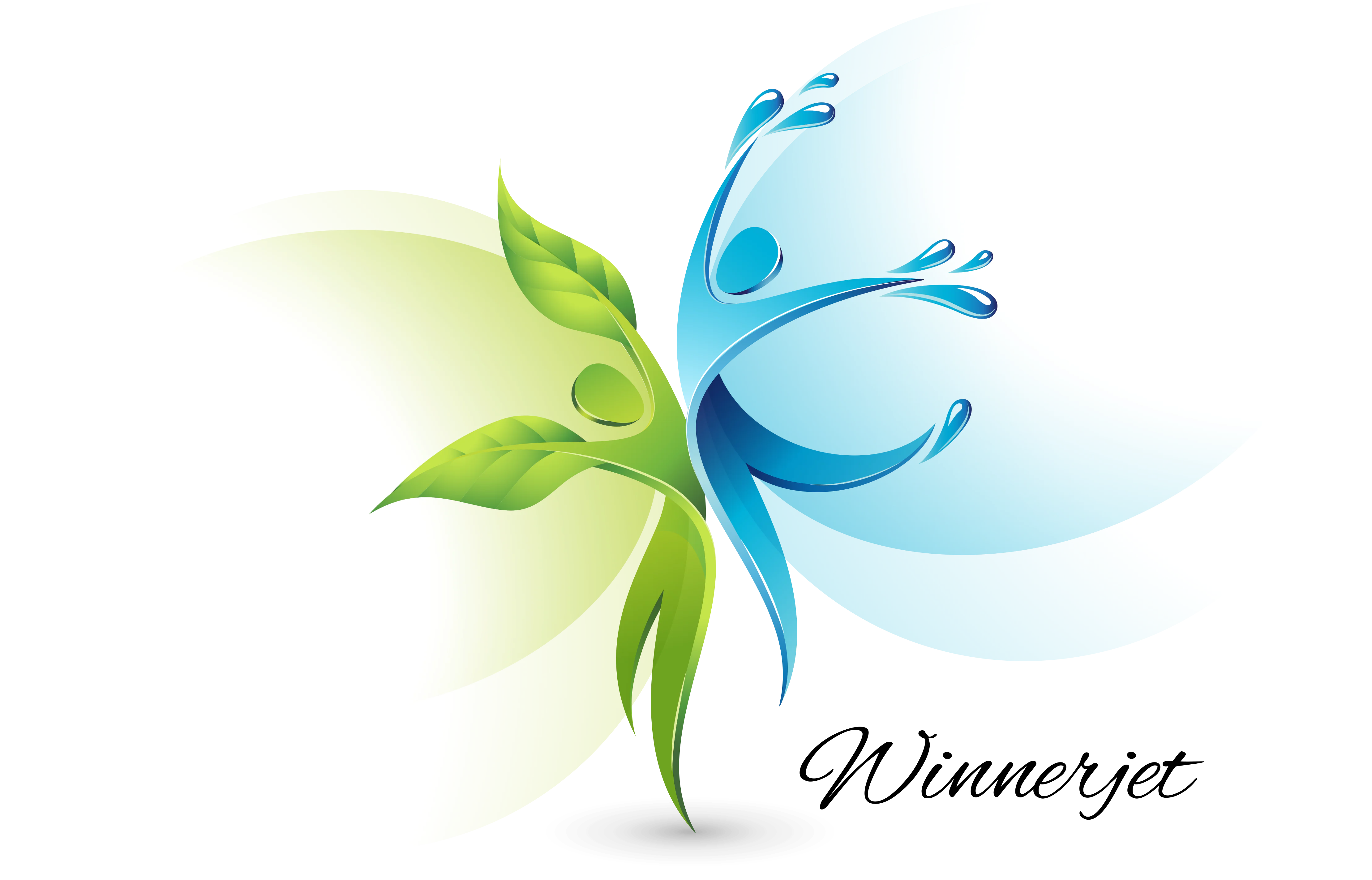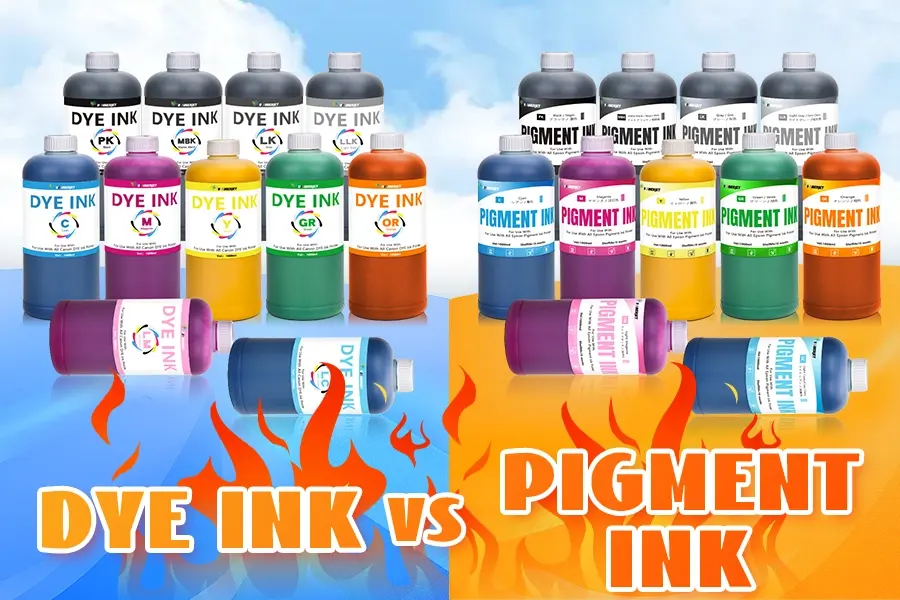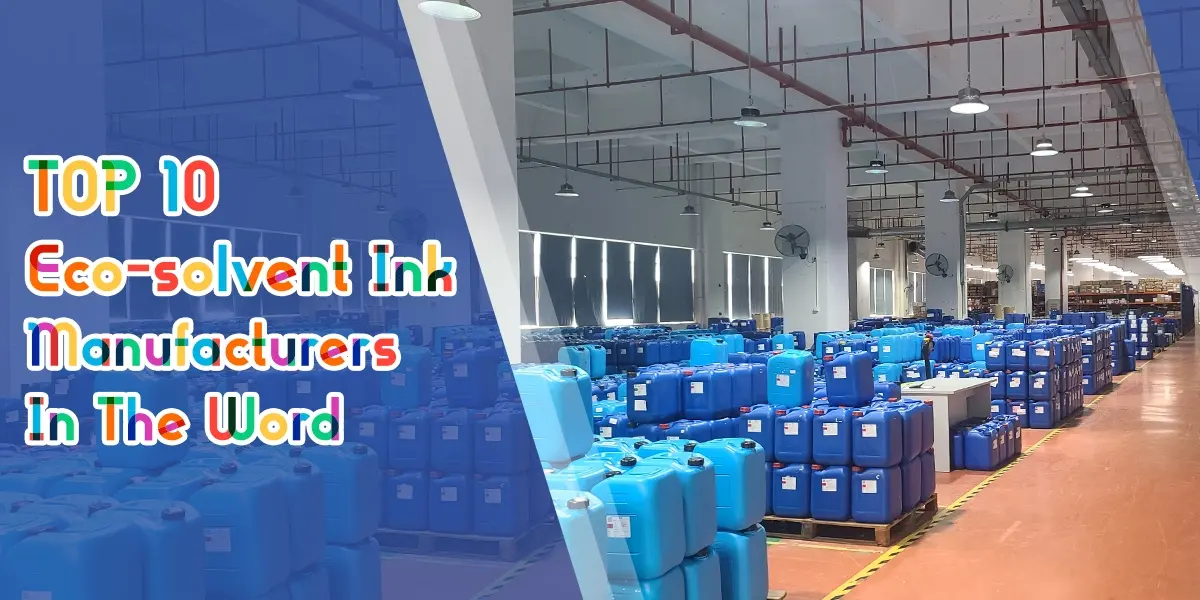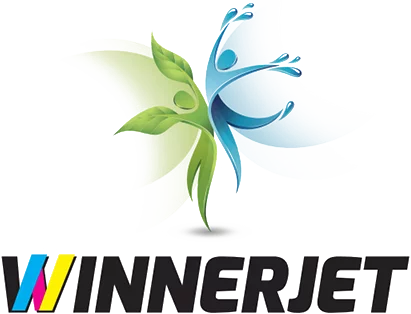Have you heard about UV printing but aren’t sure what it means? Don’t worry! This guide will explain UV printing in simple terms so you can understand what it is, how it works, and why it’s so popular.
Definition Of UV Printing
UV printing is a modern way to print designs using ultraviolet (UV) light to dry or “cure” the ink instantly. Unlike traditional printing, where ink dries slowly, UV printing uses unique UV lamps to harden the ink as soon as it’s applied.
This technology is fantastic because it works on almost any material, like:
- Paper
- Plastic
- Glass
- Metal
- Wood
- Fabric
Whether you want to print signs, promotional items, or custom gifts, UV printing is fast, reliable, and produces high-quality results.
How Does UV Printing Work?
The process of UV printing is simple and efficient. Here’s how it works:
- Ink Application: The printer applies special UV ink to the surface (called the substrate).
- UV Light Curing: As the ink is applied, UV lamps shine on it, instantly drying and hardening the ink.
- Layering for Texture: UV printers can add multiple layers of ink to create textured or raised designs.
- Final Product: The result is a sharp, colorful, and durable print.
This instant-drying process means no smudges, no waiting, and perfect results every time.
Also Read: UV Printing VS UV DTF Printing: Which Is Better For You?
Why Is UV Printing So Popular?
UV printing offers several advantages that make it stand out:
- Instant Drying: No waiting means faster production times.
- High Durability: UV prints resist scratches, water, and fading.
- Vibrant Colors: The process produces bright, high-contrast colors.
- Versatility: It works on many surfaces, such as glass, wood, metal, plastic, and more.
- Eco-Friendly: UV inks have low VOCs, making them a greener choice.
These benefits explain why UV printing is favored for custom products, signage, packaging, and even industrial applications.
Where Can You Use UV Printing?
UV printing is used in many industries and for all kinds of creative projects. Here are some examples:
- Signs and Displays: For banners, posters, and trade show displays.
- Promotional Products: Custom designs on mugs, phone cases, pens, and more.
- Packaging: High-quality branding on boxes and product packaging.
- Interior Design: Decorative wall art, tiles, and personalized furniture.
- Personalized Gifts: Unique designs on photo frames, coasters, or keychains.
Whether for business or personal use, UV printing offers endless possibilities.

Challenges of UV Printing
While UV printing has many advantages, there are a few challenges to keep in mind:
- Higher Upfront Cost: UV printers and inks are more expensive than traditional options.
- Limited to Hard Surfaces: UV printing isn’t suitable for fabrics—other methods like DTF or sublimation are better for that.
- Material Pre-Treatment: Some surfaces may require a primer to ensure proper ink adhesion.
- Regular Maintenance: UV printers need frequent cleaning to avoid ink buildup.
Despite these challenges, many find UV printing worth the investment for its quality and efficiency.
Is UV Printing Right for You?
Here are some questions to help you decide if UV printing is the right choice for your project:
- Do you want to print on materials like glass, wood, or metal?
- Are you looking for vibrant, long-lasting prints?
- Do you need a fast and efficient printing process?
If you answered yes, UV printing might be the perfect solution for your needs.
Conclusion
UV printing is a modern, fast, and versatile way to create high-quality prints on almost any material. Whether you’re a business owner, designer, or hobbyist, UV printing can help you bring your ideas to life with vibrant and durable results.
If you’re ready to explore UV printing, consider working with a professional printing service or investing in a UV printer for your projects. With its many benefits, UV printing is truly the future of printing.
FAQS
Is UV printing eco-friendly?
Yes! UV printing uses low-VOC inks and doesn’t require harmful solvents, making it better for the environment.
How long does UV printing last?
UV printing is UV-resistant, scratch-resistant, and waterproof and can last at least 2 years without any fading.
What types of UV printers are there?
Common ones are flatbed UV printers, roll-to-roll UV printers, and hybrid printers, each of which corresponds to a specific application.
Can UV printers print on fabrics?
No, DTF printers are more suitable for printing on fabrics.
Is UV printing the same as sublimation?
Unlike, UV printing only requires the ink to dry immediately through the built-in UV light, while sublimation printing requires external heat for drying, so it is relatively time-consuming.






